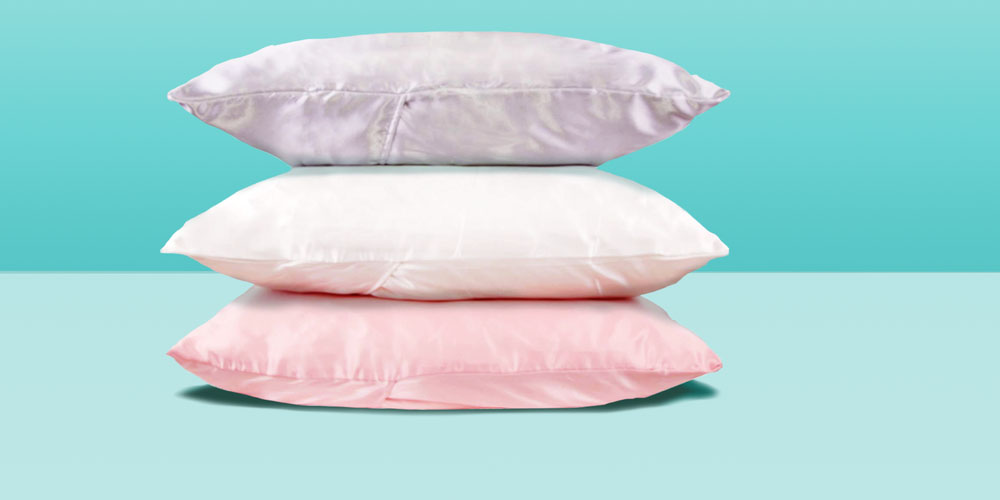Going to bed after a long workday is the best feeling ever. The experience is even heightened by the feel of clean sheets, duvet, and comfortable pillows. Having good quality pillowcases is essential, and they can either match your sheets or have a unique look. A silk pillowcase is a suitable fabric to have, but plenty of other materials are on the market. We delve into the pillowcase material options below.
Different Types of Pillowcase Materials
Before buying particular pillowcases, it’s good to consider your needs. They guide you to the best choice of fabric and also one that fits your budget. Some of the best materials for your pillowcases are;
1. Silk
Silk material is harvested from the silkworm and comes in different forms. One of the best and common types of silk is the Mulberry which has numerous desirable qualities such as being high-quality. It consists of natural fibers that are hypoallergenic therefore great for anyone prone to allergic reactions. Silk is delicate but more durable than other fabrics. Silk is sold in grades from A, B, or C. They are also sold by weight which is measured in mommas. The heavier the silk, the higher the cost. It is a costly type of material, no wonder it was known to be for the rich sometime back.
2. Cotton
Cotton is a very common material, and most pillowcases are made from it. It is available in all fabric stores; hence it’s less expensive than silk or other materials. Various cotton pillowcases have different thread counts depending on the weight. Some cases are much lighter than others, which also influences the cost of each piece.
Some advantages of cotton pillowcases include ease of washing, being highly absorbent and cool. However, some significant drawbacks pop up during its use. Its absorbent nature contributes to moisture retention, which creates the ideal environment for bacteria and fungi. The material often forms creases from bunching up, which may be uncomfortable to your skin.
3. Satin
Like silk, satin is also soft and smooth, portraying a very luxurious look. It is perfect for your skin and hair, meaning it should be your go-to material for your pillowcase. Satin and silk have some similar characteristics, like protecting your hair from damage. The pillowcases help avoid the typical ‘morning head’ that most people wake up with. Your hair is safe such that there’s no evidence of split ends, tangles, or knots that cause it to break. Satin is gentle on your face and is known to prevent wrinkles and promote a youthful appearance.
4. Nylon
Nylon is another common fabric besides cotton. Its outward look is similar to silk and can be confusing for someone who can’t tell the difference. Nylon pillowcases are easy to wash and dry pretty fast, unlike cotton. Nylon is non-absorbent which can be good since it doesn’t retain moisture but doesn’t wick it away either, meaning your face tends to sweat a lot.
Final word
Other fabrics like linen are used to create pillowcases. It is breathable and lightweight, perfect for high-temperature days. Choosing the suitable pillowcase material is crucial since it directly affects your sleep. It also influences the nature of your skin and hair positively or negatively, depending on its qualities. An ideal pillowcase should promote comfort and relaxation throughout.
